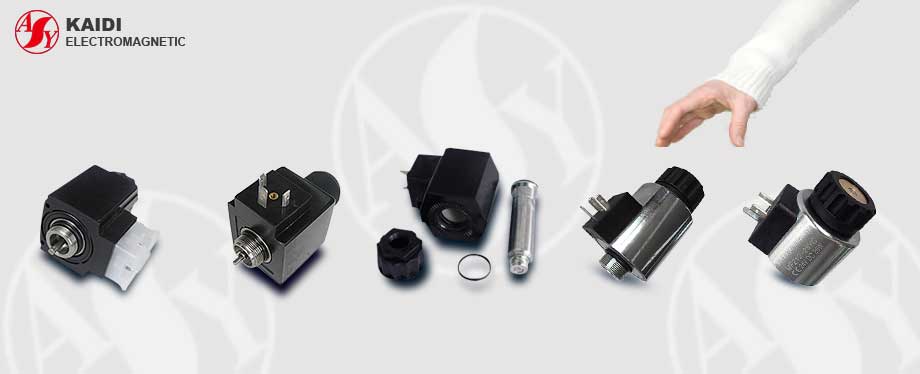There are literally hundreds of thousands of models of solenoids sold on the market. As solenoids are non-standard products, most of the solenoids are customized. For a new buyer, it is so difficult to choose a right solenoid especially when you don’t know the exact brand and model. Chances are you won’t have a model in your mind, but you have specific requirements. If this is the case, you will have to know where you need the solenoid to use and which parameters you should look at. Or you can learn how to choose a solenoid manufacturer?
How to choose the right type of solenoid?
The classification of solenoid is the first thing you need to know when buying a solenoid. Because difference types of solenoids are specially designed for difference applications. You won’t get the right solenoid if you have a wrong type choice.
In general, there are AC solenoid and DC solenoid.
AC solenoid: an ac solenoid typically has a cylinder carbon steel rod. Because there is less hysteresis lag and less iron loss, the material is easy to manufacture.
DC solenoid: the iron core has more loss due to the alternative current and larger hysteresis lag. Most dc solenoids are working continuously, which causes more loss. It requires a better material.
Based on their usage, there are 4 classifications:
- Pull and push solenoid. It is used for dragging mechanical devices, controlling the open and close of difference valves. For pull-and-push solenoid, there are C-type, U-tupe, tube type and more. The very first thing is to see which shape of solenoid fits your application.
- Lifting electromagnetic. It works with lifting device to transport heavy material such as steels, iron blocks, etc. As they are very special solenoid, how to choose a lifting solenoid is not covered in this guide.
- Starter solenoid. A starter solenoid is used for automobile.
- Solenoid for hydraulic valves. This type of solenoid is using for different valves, such as directional valve, proportional valves, servo valves, etc.
How to choose the right solenoid parameters?
After you have decided the specific type of solenoid to buy, you need to ask the following questions regarding its technical parameters:
- How much is the stroke?
What is the stroke of a solenoid? The stroke refers to moving distance of plunger after the solenoid is electrified. The longer the stroke is, the weaker the force is. This is a deciding parameter that you should check first.
- How much is the force?
The solenoid force defines the power generated by the solenoid after it is activated. The solenoid force varies in different stroke position. Again, longer stroke means weaker force.
- What is the maximum electrical connection time?
This time refers to the period from the solenoid is electrified to the power cuts off. The solenoid temperature keeps rising as the connection time goes. The rising of the temperature, together with the working ambient temperature decide the insulation level of the material.
- How long is the response time?
Solenoid’s response time is actually how fast the plunger finish it’s moving stroke after the solenoid is energized. Depending on the application circumstance, you may need a faster responsive solenoid.
- What is the power input conditions?
These conditions includes:
the voltage: is it AC or DC? 12v, 24v, 120v or 220v?
the power souce: is it battery, accumulator, dc power, constant voltage power or capacitor?
- How will you install the solenoid?
This is actually two questions: how the solenoid is connected with other parts? How the electricity is connected?
Conventionally, the solenoid will be fixed by a) external bolts; b) via screw hole on the shell; 3) embed in the neck; while the power will be connected either by a lead wire or by a terminal.
In conclusion, as soon as you choose the right type and get all the answers from the solenoid supplier to the above asked questions, you will be able to make a wise decision to buy a right solenoid.
